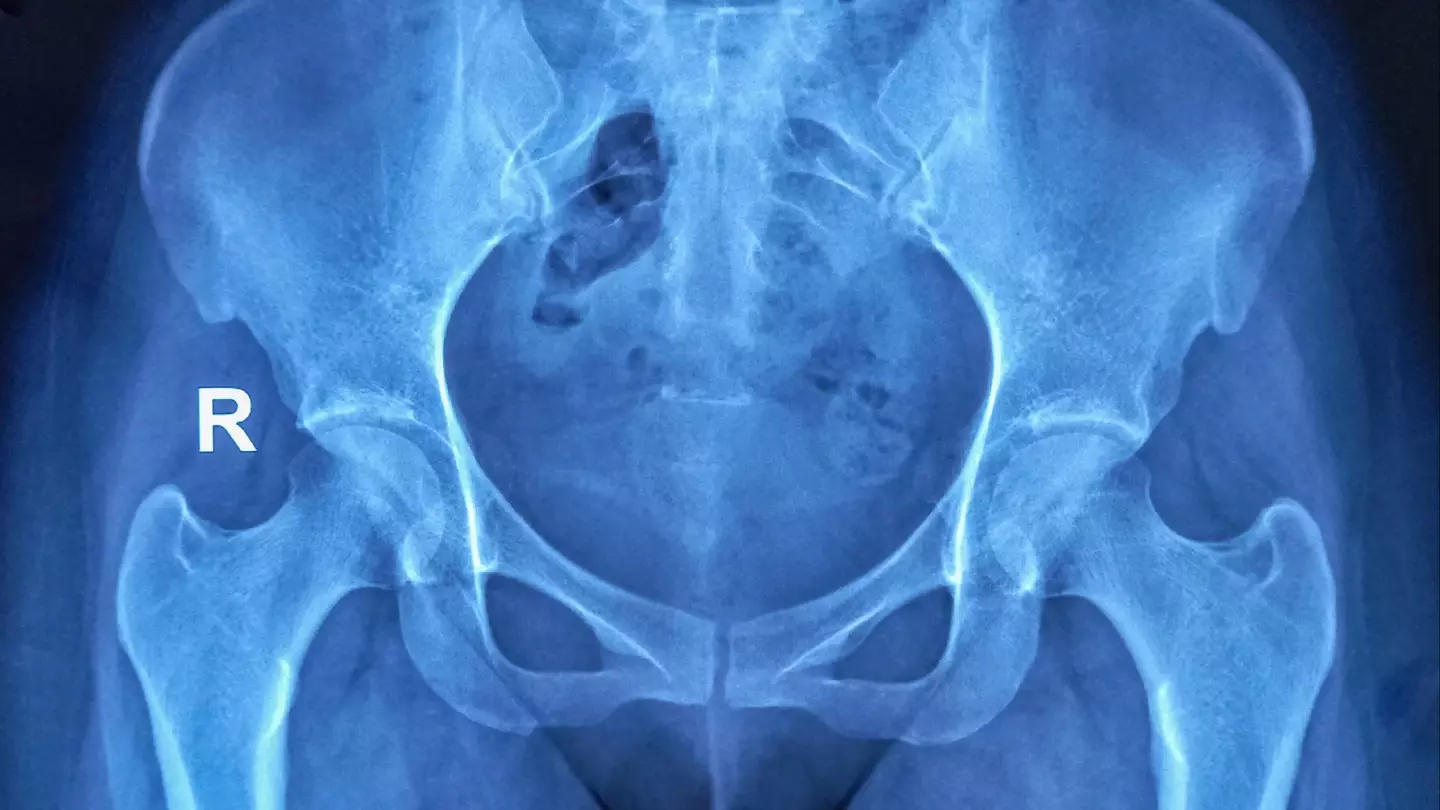
Health
Read the latest health news and articles on celebrity health updates, cancer symptoms, weight loss drugs and more.

Over 60 percent of people wanted the government to declare a health emergency

A student underwent surgery and found her tattoo changed places

Her comments come as the World Health Organization adds GLP-1 drugs to its essential medicines list

Paracetamol is generally safe for people to consume - unless you're in one of these five groups

Christian, 29, began his first round of Mounjaro on 7 June and his since lost three stone

Ozempic, Mounjaro and Wegovy users have conducted thorough research into these weight loss drugs over the year

The painful medical condition doesn't only impact pregnant women

Alcohol isn't the only substance that can leave you feeling worse for wear the next day

Superstar Lizzo hit back at critics following a cruel 'joke' about her appearance

The debilitating phobia can trigger a number of unpleasant physical symptoms too

We've all been turning to Google this year to ask those awkward questions

Southern California researchers found a very surprising link between the pesky urinary tract infections and one particular food

We're less than three weeks away from the big day now...

Ozempic mimics the GLP-1 hormone to suppress appetite and reduce hunger

It seems we've all been very worried this year judging by these search results

A new study has revealed that the popular breakfast drink could be aiding your health in more ways than one

A doctor and a pharmacist have outlined the five reasons you might be feeling so tired recently

There are several medical causes of pins and needles if they don't go away

Doctors delivered Adriana Smith's baby boy in June after she was forcibly kept on life support for months

Despite being declared brain dead, Adriana Smith was kept alive to deliver her baby due to abortion laws in her state

There are several means of warding off this unwanted side effect

Addiction can be more difficult to spot during the festive period - here are some key signs to look out for

The mum of two shared a series of snaps and opened up about her 'healing' journey

Utah-local Connor Neeleman, 26, turned to kratom with the hope of easing his insomnia

